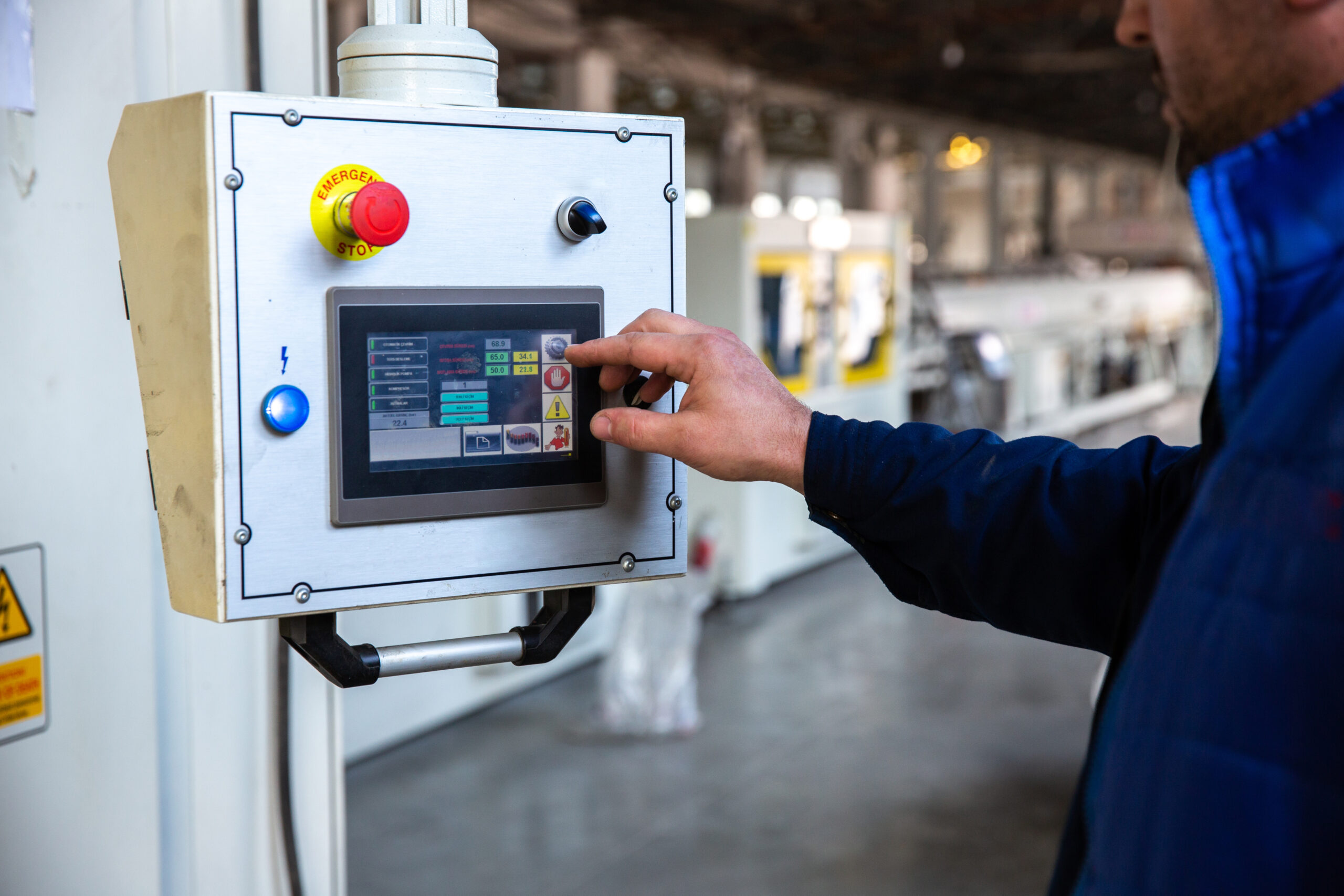Modular controllers can be integrated with advanced pressure sensors to revolutionize automation. This innovation can significantly enhance precision, scalability, and real-time data monitoring.
Pressure is a key operating parameter and is closely monitored in industrial processes, especially for closed vessels. Thus, for efficient automation, precise pressure measurement is key. Modular controllers take input from these pressure sensors to monitor and control processes. Further, they can be integrated with sensors for greater precision.
Let’s look into how this synergy optimizes pressure measurement and transforms industrial processes for smarter, more efficient control systems.
Modular controllers are PLC units that comprise of separate modules that are interconnected and swappable. Unlike fixed devices, these are not hardwired into the industrial infrastructure. This flexibility enables the end user (engineers and operators) to customize, scale up, or scale down their system (industrial setup) as needed.
Their key features and benefits include:
- Flexibility and Scalability: Allows users to expand and modify by both adding and swapping out modules.
- Easy Integration: Offer compatibility with a wide range of devices and communication modules.
- Easy Customization with Modularity: Offers tailored solutions by adding modules as needed.
- Cost Effectiveness: Allows users to size their systems as needed and save on overheads.
- Ease of Maintenance: Individual modules can be located, disconnected, and removed without opting for a complete shutdown.
Pressure sensors monitor both line and vessel pressure for all fluids. This data is then used to control processes, ensuring safety and increasing process efficiency. They enable key processes such as leak detection, cut-off systems, pneumatics and hydraulics, and predictive maintenance.
Primarily, for industrial processes and automation, either piezoelectric or capacitive pressure sensors are used.
The following reasons make accurate pressure measurement crucial in process control:
- Process safety with leak detection.
- Quality control by reducing waste and maintaining consistency.
- Process optimization and cost savings.
- Compliance with regulatory standards.
By integrating pressure sensors into modular controllers, automation systems can experience the following advantages:
- Enhanced accuracy and performance.
- Effective pre-calibration for high precision.
- Enhanced data accuracy and real-time monitoring.
- Improved process control and safety.
- Better system reliability and intelligence.
- Improved closed-loop control.
- Adaptable functionality.
Industries that stand to benefit significantly from this integration include:
- Manufacturing
- HVAC
- Pharmaceuticals
- Oil and Gas
- Petrochemicals
- Food and Beverage
Modern pressure sensors are top-of-the-line devices that offer basic communication interfaces such as FOUNDATION Fieldbus, Modbus, CAN bus, Ethernet, etc. They also offer 4-20 mA current loops for analog output. Using these communication protocols, the modular controllers are connected to the pressure sensors.
The pressure sensors detect the pressure in the connected piping or vessel. This signal is converted into a 4-20 mA current (for analog output) or a direct digital value (for digital output). Then, it is transmitted through cables to the modular controller.
This modular controller processes the signal to do the following:
- Track and monitor pressure levels.
- Perform data analysis for a deeper understanding.
- Execute the control logic based on the reading.
Based on the processed data, the controller will execute a certain action, which can be:
- Open or close a valve
- Activate a process cycle
- Trigger an alarm
- Send alerts for a certain critical event
Further, the modular controller needs to be calibrated for error handling so that there are fewer false actions prompted and the right action is executed based on the control logic.
The features of legacy systems (traditional controllers) can be weighed against those offered by modular controllers, using the following table:
| Feature | Traditional Controllers | Modular Controllers |
| Scalability | Limited | Highly scalable |
| Integration Flexibility | Low | High |
| Maintenance | Complex | Simplified |
| Real-time Data Handling | Basic | Advanced |
| Cost Efficiency | Higher | More cost-effective |
Table 1: Feature-wise comparison between traditional and modular controllers.
The factors to consider before opting to integrate pressure sensors to the modular controller include:
- Device accuracy
- Response time
- Environment compatibility
- Measurement Range
- Output Type
As technology progresses, the following technologies can be seen in pressure measurement:
- Microelectromechanical Systems and Nanotechnology
- Internet of Things (IoT)
- Self-diagnosing sensors
- Miniaturization and multi-functional sensors
Not only will these increase the efficiency and accuracy of the pressure sensors, but they will also make them more compatible with future control systems.
For effective installation and usage, the following tips can be helpful:
- Follow the Installation tips given in the manual to a “T”.
- Check that connections are secure and the device is installed at the right location.
- Select a sensor that is designed to withstand the ambient conditions.
- Avoid over presurization to prevent any damage to the sensor.
- Take up regular calibration and maintenance for better accuracy.
- Ensure proper software is available for data analytics and automation control.
- Train your staff to use the system.
To gain a competitive advantage, industries are now getting ready to adopt smarter automation solutions and integrated systems. By integrating modular controllers with pressure sensors, accurate, sensitive, high-efficiency, and safer process systems can be installed.
Curious about how you can improve your industrial setup and establish better process control? Check out future-proof, innovative solutions with modular controllers.
